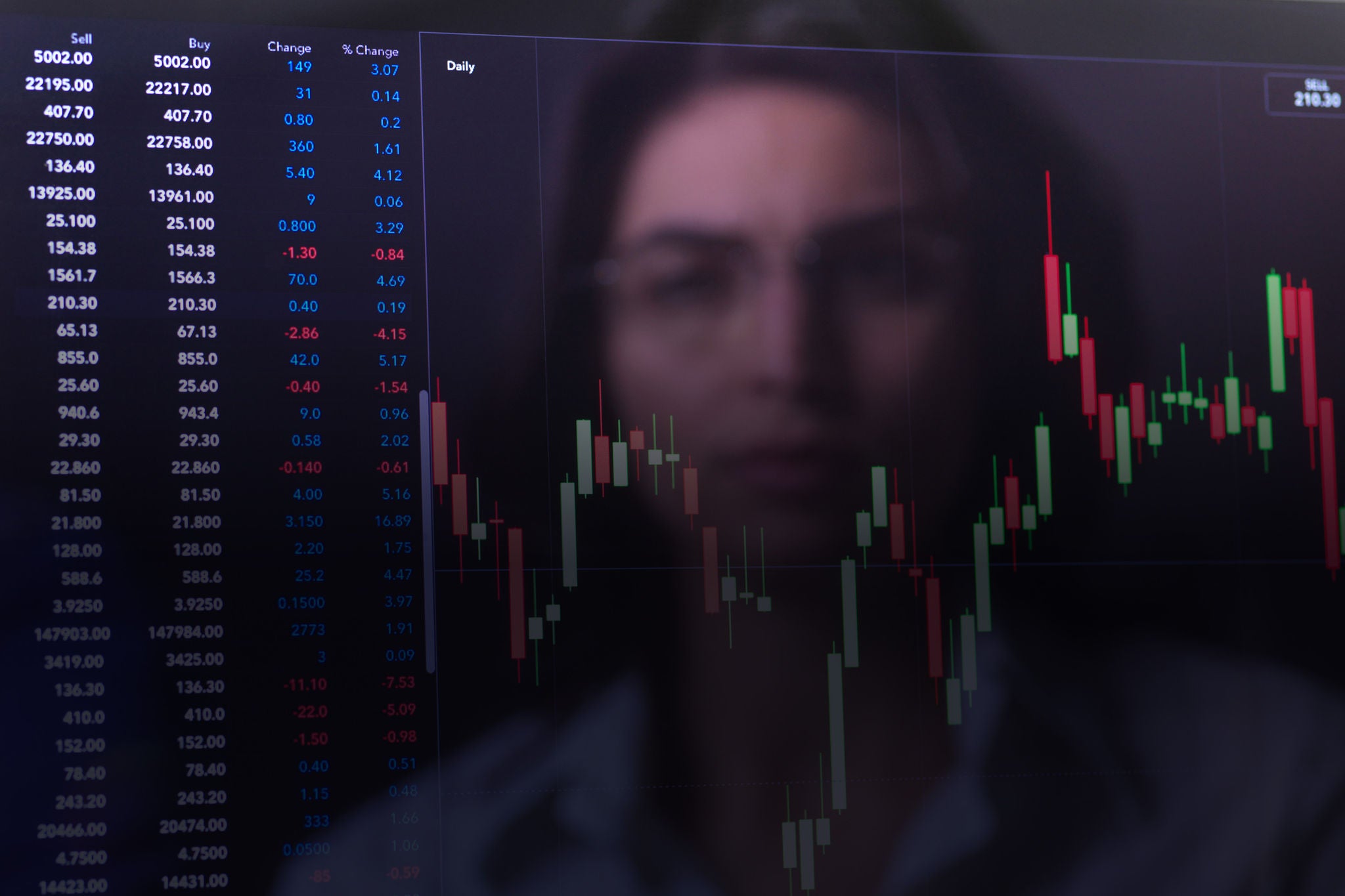EY refers to the global organization, and may refer to one or more, of the member firms of Ernst & Young Global Limited, each of which is a separate legal entity. Ernst & Young Global Limited, a UK company limited by guarantee, does not provide services to clients.
How EY can help
-
Our EY Crypto and Digital Assets team can help your business provide forward thinking, multidisciplinary guidance with your own individual strategies.
Read more
Crypto derivatives market overview
The crypto derivatives market has seen remarkable growth, with the monthly volume in September 2023 hitting $1.33 trillion, significantly exceeding the spot market. Bitcoin and Ethereum are the most frequently referenced assets in crypto derivatives.
The crypto derivatives market can be bifurcated into a centralized derivatives market and a decentralized one. For centralized derivatives, non-US markets lead in trading volume, while in the US, CME is the predominant player with over 60% market share of the monthly derivative trading volume in the US as of September 2023. The decentralized derivatives market, though smaller, is gaining traction for its security and transparency, with dYdX protocol being a major player in DeFi derivatives.
Despite regulatory pressures and market challenges, crypto derivatives are poised for growth, with innovative products such as Crypto.com’s UpDown options, Luxor Technology’s Hashprice non-deliverable forward (NDF), and FalconX’s staking yield swap.
Crypto derivatives products and valuation considerations
Various types of derivatives products, each with distinctive features and valuation methods, underscore the complexity and innovative nature within the crypto market, implying a future rich with potential for both risk and reward.







